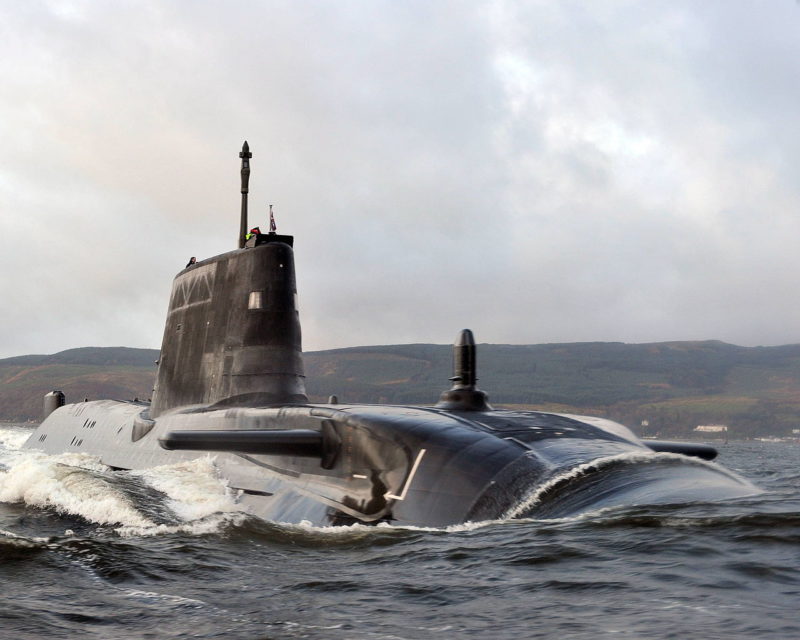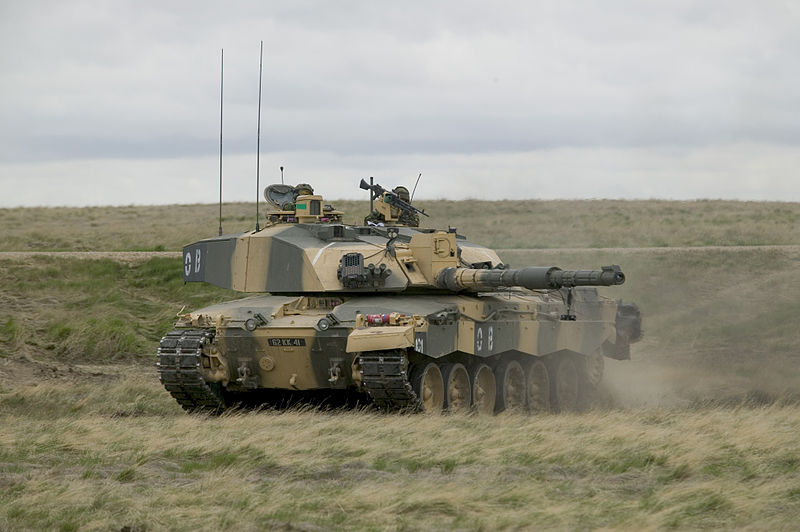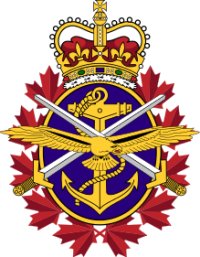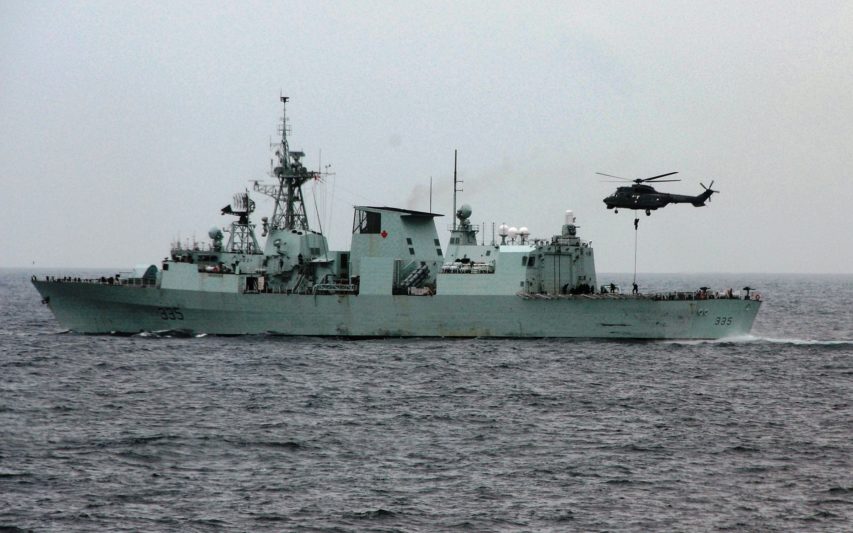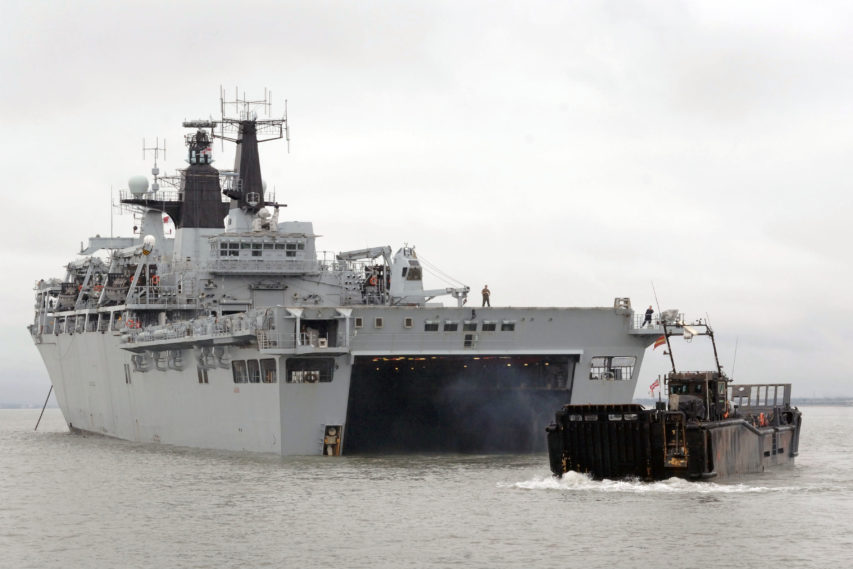Mark Steyn notes that yesterday’s the “big victory” over the debt ceiling (in President Trump’s words) could be almost the same as the “big victory” he wrote about eight years earlier:
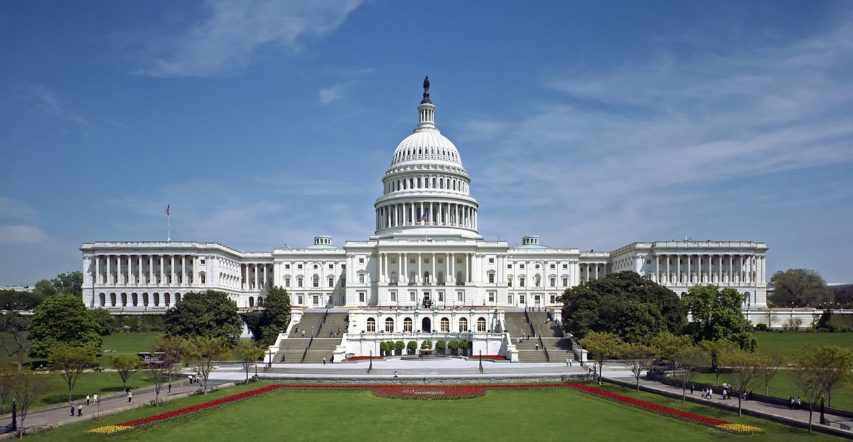
The western front of the United States Capitol. The Neoclassical style building is located in Washington, D.C., on top of Capitol Hill at the east end of the National Mall. The Capitol was designated a National Historic Landmark in 1960.
Photo via Wikimedia Commons.
That thoughtful observer of the passing parade, Nancy Pelosi, weighed in on the “debt ceiling” negotiations the other day: “What we’re trying to do is save the world from the Republican budget. We’re trying to save life on this planet as we know it today.”
It’s always good to have things explained in terms we simpletons can understand. After a while, all the stuff about debt-to-GDP ratio and CBO alternative baseline scenarios starts to give you a bit of a headache, so we should be grateful to the House Minority Leader for putting it in layman’s terms: What’s at stake is “life on this planet as we know it today.” So, if right now you’re living anywhere in the general vicinity of this planet, it’s good to know Nancy’s in there pitching for you.
What about life on this planet tomorrow? How’s that look if Nancy gets her way? The Democrat model of governance is to spend four trillion dollars while only collecting two trillion, borrowing the rest from tomorrow. Instead of “printing money,” we’re printing credit cards and preapproving our unborn grandchildren. To facilitate this proposition, Washington created its own form of fantasy accounting: “baseline budgeting,” under which growth-in-government is factored in to federal bookkeeping as a permanent feature of life. As Arthur Herman of the American Enterprise Institute pointed out this week, under present rules, if the government were to announce a spending freeze – that’s to say, no increases, no cuts, everything just stays exactly the same – the Congressional Budget Office would score it as a $9 trillion savings. In real-world terms, there are no “savings,” and there’s certainly no $9 trillion. In fact, there isn’t one thin dime. But nevertheless that’s how it would be measured at the CBO.
Around the world, most folks have to work harder than that to save $9 trillion. That’s roughly the combined GDPs of Japan and Germany. But in America it’s an accounting device. This is something to bear in mind when you’re listening to the amount of “savings” touted by whatever triumphant bipartisan deal is announced at the eleventh hour in Washington.
So I find myself less interested in “life on this planet as we know it today” than in life on this planet as we’re likely to know it tomorrow if Nancy Pelosi and her chums decline to reacquaint themselves with reality. If you kinda dig life on this planet as you know it, ask yourself this: What’s holding the joint up? As the old gag goes, if you owe the bank a thousand dollars, you have a problem; if you owe the bank a million dollars, the bank has a problem. If you owe the banks 15,000,000,000,000 dollars, the planet has a problem. Whatever comparisons one might make with Europe’s soi-disant “PIIGS” re debt per capita or deficit-to-GDP ratio, the sheer hard numbers involved represent a threat to the planet that Portugal or Ireland does not. It also represents a threat to Americans. Three years ago, the first developed nation to hit the skids was Iceland. But, unless you’re Icelandic, who cares? And, if you are Icelandic, you hunker down, readjust to straitened circumstances, and a few years down the line Iceland will still be Iceland and, if that’s your bag, relatively pleasant.
That’s not an option for the U.S. We are chugging a highly toxic cocktail: 21st-century spendaholic government with mid-20th-century assumptions about American power. After the Battle of Saratoga, Adam Smith replied to a pal despondent that the revolting colonials were going to be the ruin of Britain: “There is a great deal of ruin in a nation,” said a sanguine Smith.




